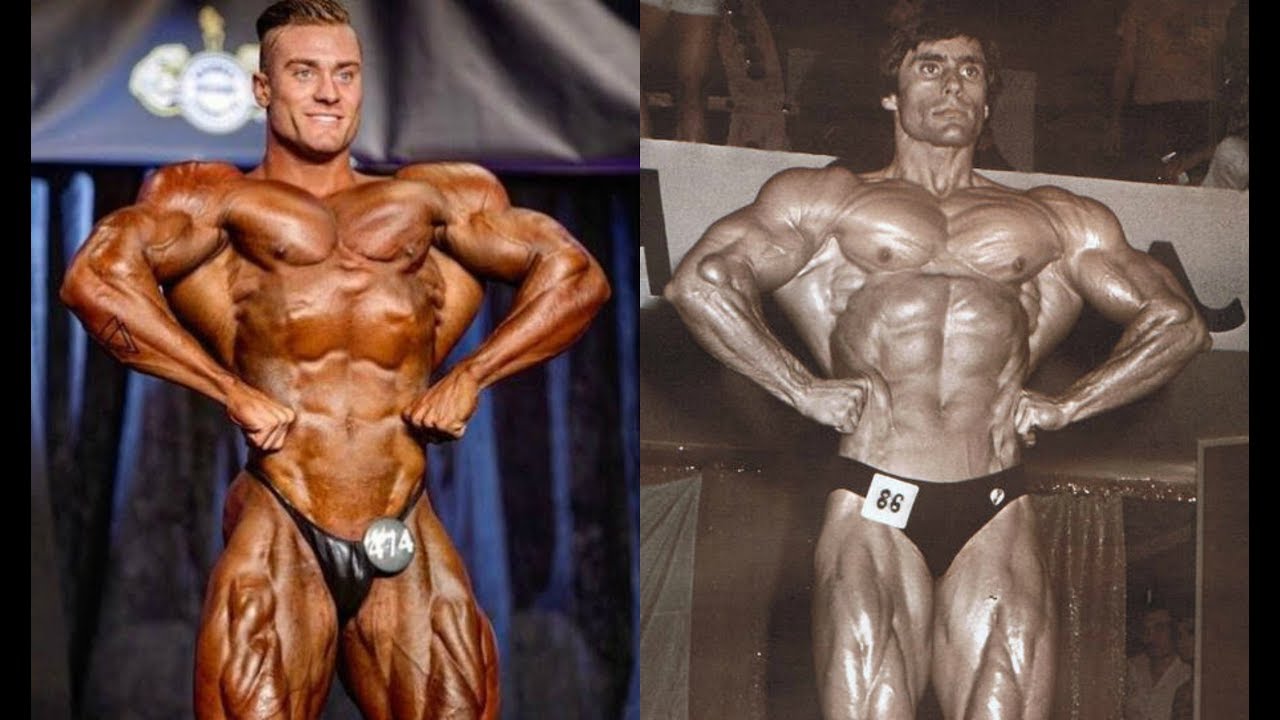Hi! I use the "corkscrew the shoulder" cue a lot with my clients but recently I was thinking about the way it functions and I couldn't figure it out. Because when I corkscrew the shoulder I feel (of course) a lot of tension in my lats (and the rotator cuff is probably working hard as well). But the function of the latissimus is, amongst other things to internally rotate the shoulder. But when I "corkscrew the shoulder" I am externally rotating the arm, which should be the opposite function of the lats right?
How is it possible to perform the opposite function of a muscle and still get perfect tension in that muscle? Hopefully there is an anatomy nerd on this forum that can help me figure this out ;-) . Thanks in advance for your answer!
How is it possible to perform the opposite function of a muscle and still get perfect tension in that muscle? Hopefully there is an anatomy nerd on this forum that can help me figure this out ;-) . Thanks in advance for your answer!

